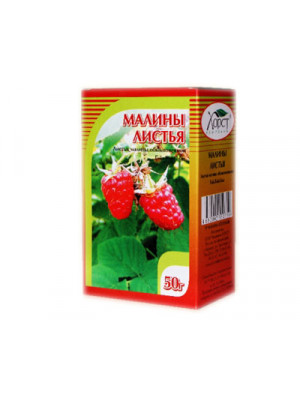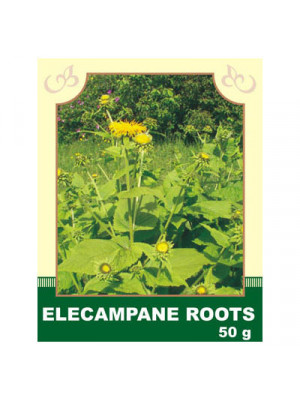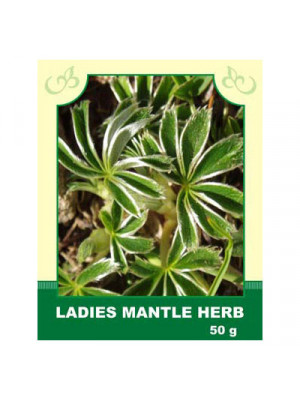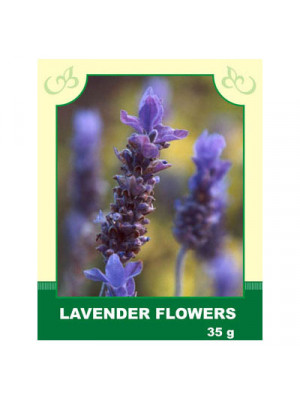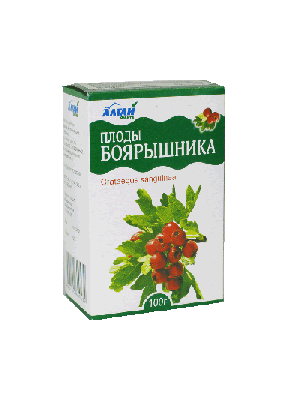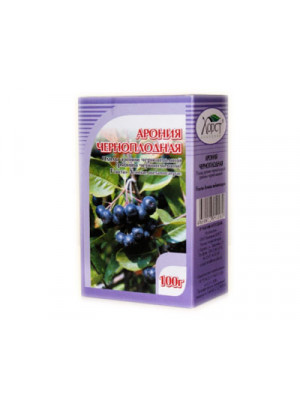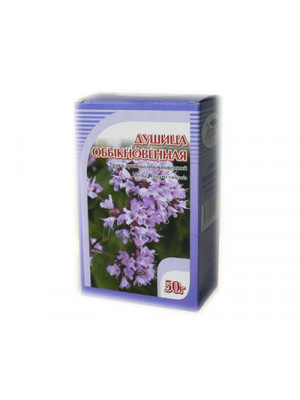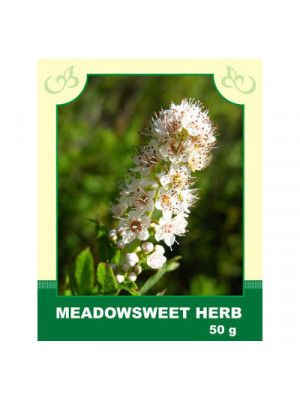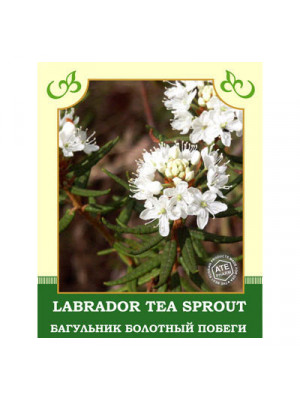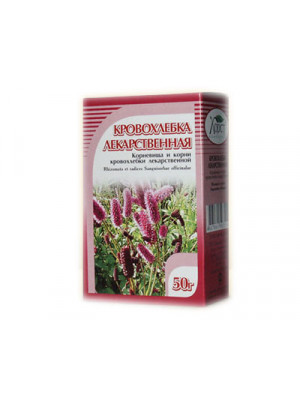Herbs
- The leaves of the raspberry plant have been used as a medicinal herb for centuries. The use of this herb dates back to the sixth century and its benefits in childbirth have been recorded as a proven aid in maternity in the most ancient of herbal books. The leaves contain high concentrations of several vitamins and minerals. Vitamin C and vitamin E are present in large amounts as well as Vitamin A and some B Complex. Increased Vitamin A intake in the form of the carotenoids of red raspberry leaf can aid the women immune system as well as facilitate healthy skin and bone development for the baby. Vitamin E serves to promote better circulation in the mother who is dramatically increasing her blood volume during pregnancy. The Red raspberry leaf also contains many essential minerals such as phosphorus, potassium, and an easily assimilated form of calcium. Raspberry leaf tea also acts as an astringent on irritated skin.$5.99
Orally, it is taken for gastrointestinal and rheumatic diseases; as an expectorant for suffocation, bronchitis; as an anthelmintic, cholagogue, diuretic, and hemostatic.
Method of application and dosage: Finely chopped raw material (20 g) is poured with 200 ml of water, heated on a boiling water bath for 30 minutes, cooled for 10 minutes, strained, and boiled water is added to the original volume. Take 1 tablespoon 3 times a day.
Tincture: 50 g of elecampane roots are infused in 0.5 liters of vodka, infused for 14 days in a dark place. Take 1 tablespoon 3 times a day 30 minutes before meals. This tincture can also be used to rub joints and make warming compresses.
Externally, in the form of baths, it is applied for hemorrhoidal nodes and rectum. It is also used for gargling (in acute and chronic pharyngitis). Finely chopped raw material (50 g) is poured with 100 ml of water, boiled for 20 minutes, and strained. The resulting decoction is mixed with 50 g of vaseline. Used for application to affected areas of the skin (for poorly healing wounds).
Contraindications: individual intolerance, pregnancy, lactation, and for people with kidney and heart diseases.
$6.99Taken internally:
It is used for the treatment of the following conditions:
- Acute and chronic bronchitis;
- Chronic gastritis with secretory insufficiency;
- Colitis;
- Enteritis;
- Diarrhea;
- Edema of renal and cardiac origin;
- Chronic pyelonephritis;
- Cystitis;
- Internal bleeding;
- Stomach indigestion;
- Intestinal bloating.
For diabetes, it helps maintain a stable normal blood sugar level without the use of any medicinal drugs.
Method of application and dosage: Infuse 2 teaspoons of dried, crushed herbs in 1 cup of boiling water, let it steep for 4 hours, strain. Take the infusion in amounts of 1/2 cup 2-4 times a day before meals. Consume for 2 months, then take a 10-day break.
External use:
- In gynecology for leucorrhea;
- For nasal congestion;
- For nosebleeds.
Contraindications: Individual intolerance.
$6.99Internally, lavender is taken as a sedative and calming remedy for migraines, neurasthenia, and tachycardia. It is also used as a diuretic and antispasmodic agent. Lavender helps normalize stomach acidity, increases appetite, lowers blood pressure, and promotes the flow of bile.
Method of application and dosage: 20 g of raw material is poured with 400 ml of boiling water, infused until cooled, and strained. It is taken in doses of 1/2 cup 3-4 times a day. Externally, it is used as a rubbing agent for inflammation of the middle ear and as an analgesic for headaches, dislocations, and sprains.
Externally, a tincture of the herb in sunflower oil is used for rubbing into affected areas: 1 part of the raw material is poured with 5 parts of unrefined sunflower or olive oil, infused for 1-2 months.
Contraindications: individual intolerance.
$6.99- Hawthorn is a plant very popular in Chinese and Japanese medicine. The plant is believed to strengthen cardiovascular function. Hawthorn is also used as an aid to lower blood pressure, lower cholesterol, and treat some heart related diseases. The herb called the hawthorn is one of the best herbs to boost the performance of the heart and the human circulatory system in general. Regular supplementation with this herb can thus help bring some balance blood pressure and it is considered to be excellent for heart.$6.99
- It is used in hypertension, atherosclerosis, diseases of the kidneys (glomerulonephritis), diabetes mellitus, hemorrhagic diathesis, kapillyarotoksikozah, radiation sickness. The fruits of chokeberry Aronia have hypotensive action. Aronia strengthens blood vessel walls. The leaves contain substances that improve liver function, promote education and the outflow of bile.$7.99
- Oregano herb contains volatile oils, tannins, ascorbic acid. Oregano is usually thought of as a culinary herb, but it has been used medicinally for thousands of years. Oregano is a powerful antiseptic; it also has calming, diuretic, cholagogic properties.$6.99
Internally, lovage is taken for the following purposes:
- As an anti-inflammatory, analgesic, and diaphoretic remedy for flu and high temperature;
- In gout, rheumatism;
- For hysterical seizures, severe stomach and intestinal pain;
- For hemorrhoids, dysentery, and worms;
- As a diuretic for kidney and bladder diseases;
- Effective in treating upper respiratory tract infections, skin conditions, headaches, suffocation, and heart diseases.
Method of administration and dosage: 3 tablespoons of finely crushed dry herb are infused in 250 ml of boiling water, heated in a water bath with the lid closed for 15 minutes, infused at room temperature for 45 minutes, strained, and consumed throughout the day in equal portions.
Externally, lovage is used for:
- Treating dermatosis, wounds, ulcers, and furuncles;
- For leucorrhoea, bites of snakes or rabid animals.
A ointment made from a powder of lovage roots, vaseline, and lanolin (in a ratio of 1:2:1) is used to lubricate affected areas in dermatosis and for rubbing in rheumatism.
Contraindications: Individual intolerance.
$6.99
Description. The properies of Labrador Herb are analgesic, blood purifier, diaphoretic, diuretic, narcotic, pectoral, poultice, salve, tonic. The herb yields its virtues to hot water or to alcohol. It is useful in coughs, dyspepsia, and irritation of the membranes of the chest. An infusion has been used to soothe irritation in infectious, feverish eruptions, in dysentery, leprosy, itch, etc. The strong decoction, as a wash, will kill lice. The leaves are also used in malignant and inflamed sore throat. Use. In modern herbalism it is occasionally used externally to treat a range of skin problems. A tea is taken internally in the treatment of headaches, asthma, colds, stomach aches, kidney ailments etc. Externally, it is used as a wash for burns, ulcers, itches, chapped skin, stings, dandruff etc. An ointment made from the powdered leaves or roots has been used to treat ulcers, cracked nipples, burns and scalds. The plant is apparently a mild narcotic, it was taken by Indian women three times daily shortly before giving birth. You should be very careful about internal use of Labrador herb. The by-effects are irritability, dizziness, high excitability; and large doses may cause central nervous system depression.
Attention! Before using any herbal products, make sure that you have full knowledge of how the herb works and any adverse reaction it may cause.$6.99


